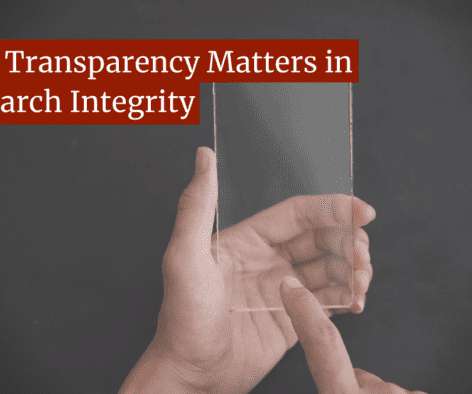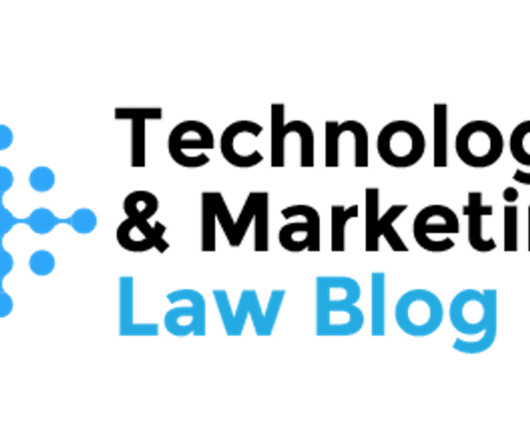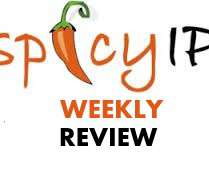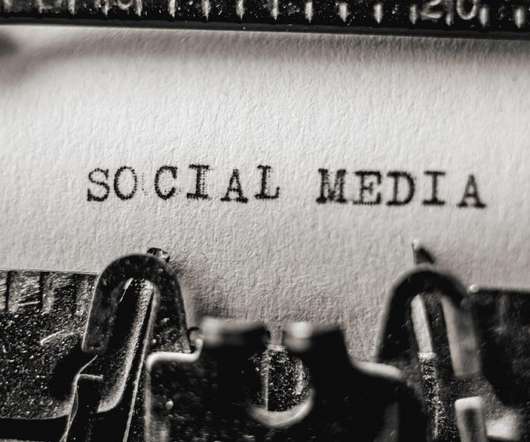The Importance of Transparency in Research Integrity
Plagiarism Today
SEPTEMBER 14, 2022
Earlier this week, the journal BMC Medicine announced that it will not retract a controversial 2013 paper authored by botanist Steven Newmaster. Instead, the journal has added a new editor’s note that says indicates “no further editorial action is needed at this point”. . It was then that a formal investigation began.












Let's personalize your content